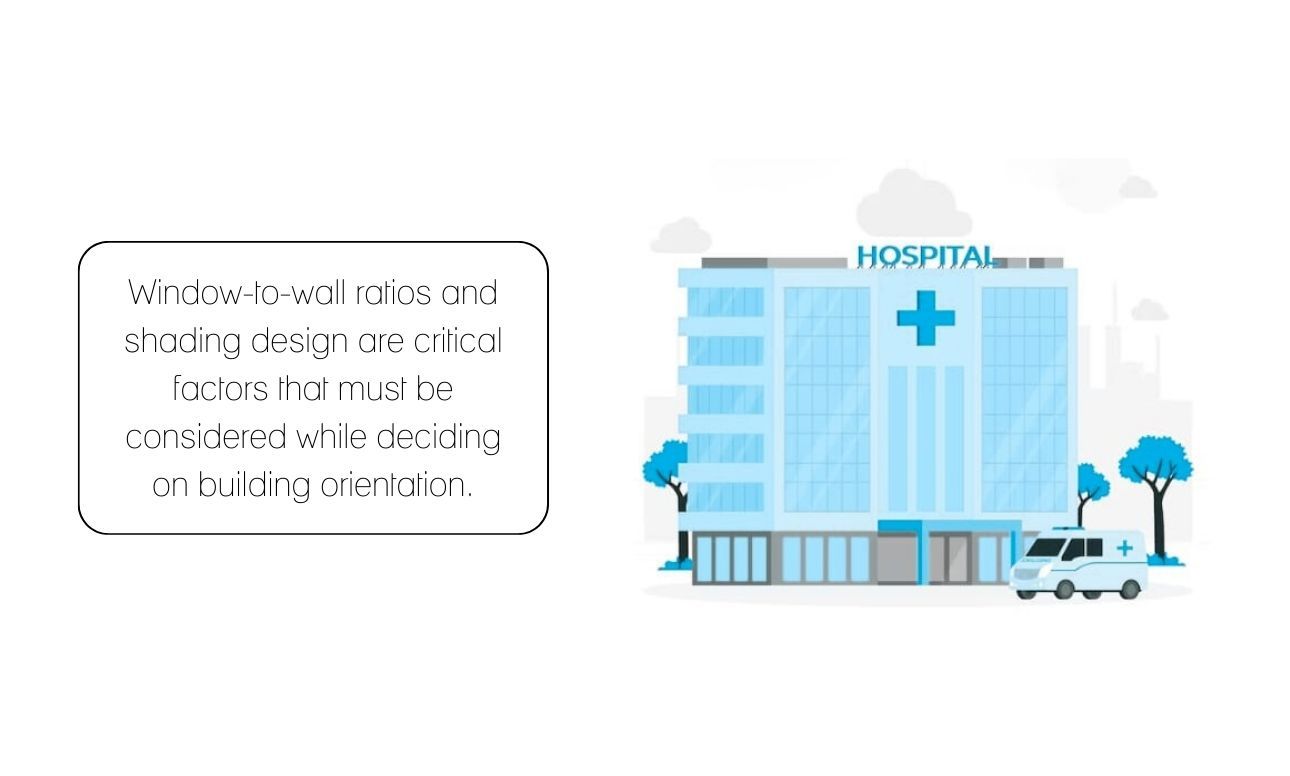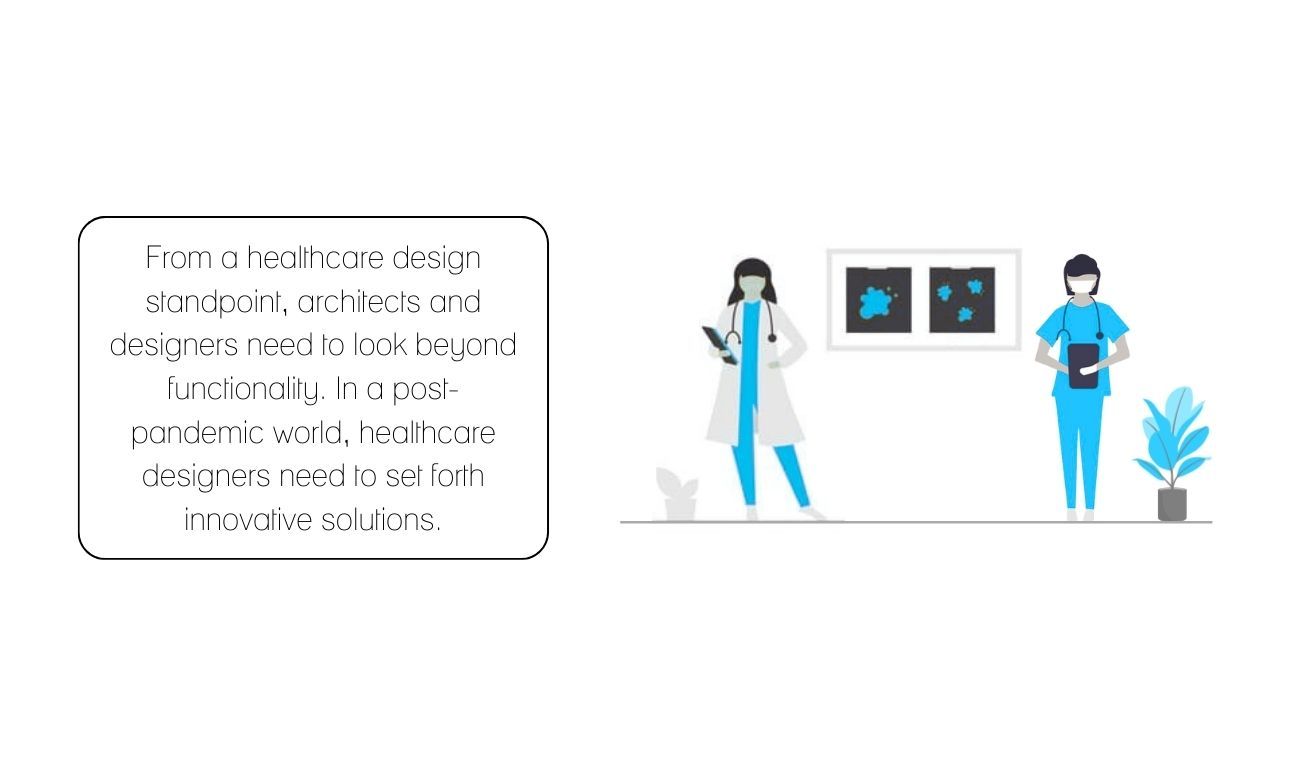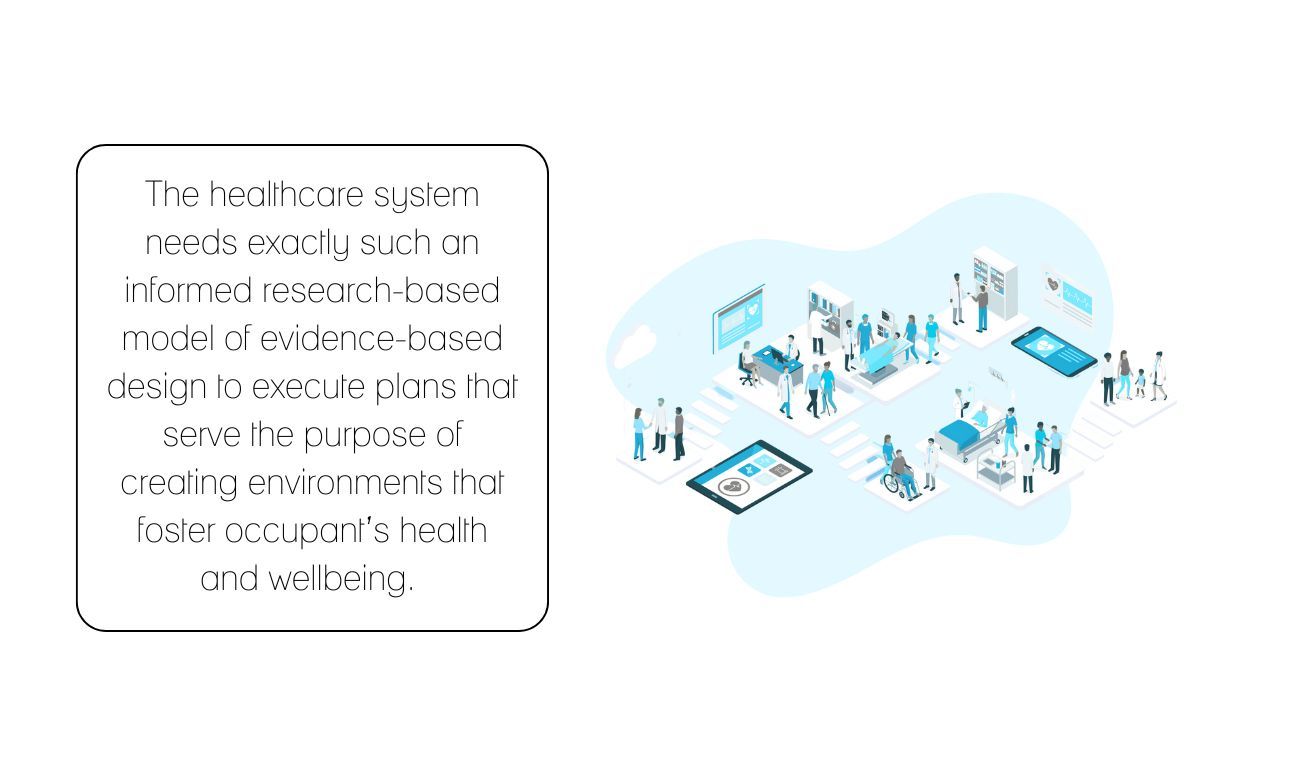

27-06-2023
Transformative Healthcare Design: A Look into CDA’s Pillars of Design Philosophy Ravideep Singh

Healthcare architecture is a vital and ever-evolving discipline, crucial in designing spaces that promote healing, well-being, and efficient care delivery. With a deep understanding of the intricate relationship between physical environments and patient outcomes, we can create innovative spaces that optimise functionality, aesthetics, and patient experience. CDA’s design philosophy is built on four pillars of healthcare architecture which ensure the integration of innovation, adaptability, and sustainability to create transformative spaces for users.
Designing for People
The field of healthcare architecture thrives on collaboration and multidisciplinary teamwork as healthcare planners, administrators, and other stakeholders come together to create cohesive designs that align with the unique goals and requirements of the community.
Designing healthcare facilities requires a deep understanding of clinical workflows, infection control protocols, regulatory guidelines, and operational considerations. One of the critical shifts in healthcare architecture is the focus on patient-centred design. This approach recognises the importance of involving patients and their families in the design process to create spaces that meet their unique needs.
The patient-centered design emphasises accessibility, comfort, and empowerment, fostering a sense of dignity and control for patients during their healthcare journey. This includes factors such as natural lighting, soothing colour palettes, access to nature, comfortable waiting areas, and patient rooms that encourage privacy and personalisation. Integrating technology, such as interactive information systems and telehealth capabilities, further enhances patient engagement and convenience.
Krishna Healthcare, Raipur Chattisgarh
Designing Adaptable and Flexible Healthcare Spaces
In response to changing healthcare demands and the need for adaptable spaces, healthcare architects must embrace flexibility in their designs. The ability to repurpose rooms, adjust layouts, and accommodate future technologies and care models is crucial in creating sustainable healthcare environments.
Designing flexible spaces enables healthcare facilities to adapt to evolving needs, optimise resource allocation, and facilitate seamless transitions between care settings. For instance, incorporating modular and prefabricated construction methods allows for efficient and cost-effective expansion or modification of healthcare facilities as patient volumes fluctuate.
Paras Hospital, Kanpur
Role of Sustainability in Healthcare Architecture
Sustainability is a growing consideration while designing hospitals. Recognising the environmental impact of healthcare facilities, incorporating sustainable design principles helps to minimise energy consumption, reduce waste, and create healthier spaces for patients and staff alike.
Green building practices, such as using energy-efficient systems, natural ventilation, and sustainable materials, contribute to lower operational costs and a reduced carbon footprint. Designing spaces that maximise natural light and incorporate green spaces improves energy efficiency and provides therapeutic benefits for patients and a pleasant working environment for staff.
Additionally, sustainable healthcare architecture emphasizes the integration of renewable energy sources, such as solar panels or geothermal systems, to further reduce reliance on fossil fuels and promote environmental stewardship.
AIIMS, Guwahati
Integration of Technology
Technological advancements have significantly impacted healthcare architecture, revolutionising how care is delivered and experienced. From electronic health records to telemedicine, healthcare architects are incorporating innovative technologies into their designs to improve patient outcomes and streamline workflows.
Integrating technology in healthcare architecture involves considerations such as infrastructure for connectivity, efficient data management systems, and the seamless integration of medical devices and equipment. Furthermore, the design of telehealth spaces and virtual care environments ensures that patients can access high-quality care remotely, expanding healthcare reach and enhancing convenience.
Max Superspeciality, Vaishali
Conclusion
Healthcare architecture involves designing spaces that cater to patients, healthcare providers, and the community. The physical environment impacts the well-being and recovery of patients. Thoughtfully designed spaces can reduce stress, increase comfort, enhance safety, and improve patient satisfaction. By optimising the built environment, healthcare architecture enhances patient care, staff efficiency, and operational effectiveness.
Sri Ram Cancer and Superspeciality Centre, Jaipur
Brightstar Hospital, Moradabad
Ramkrishna Care Hospital, Raipur













